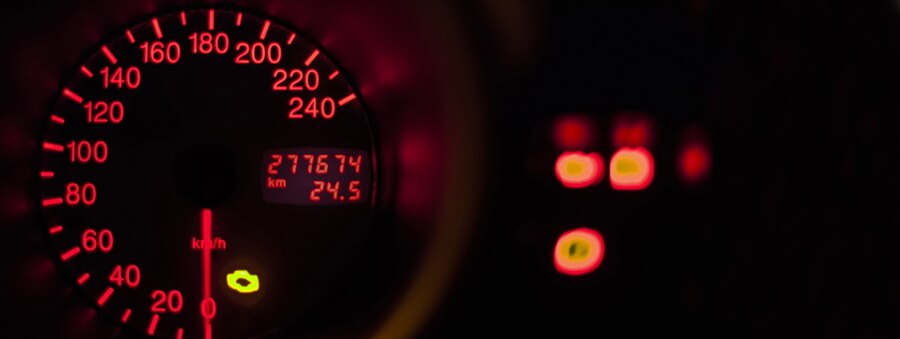The engine emissions warning light, also known as the check engine light, is a crucial indicator on your vehicle’s dashboard. When this warning light illuminates, it is signaling that there is a potential issue with your vehicle’s emissions system. In this article, we will explore the causes behind engine emissions warning lights, their importance in maintaining environmental standards, and possible fixes to address the underlying problems.
Understanding the Engine Emissions System: The engine emissions system is responsible for minimizing the harmful pollutants released into the atmosphere by your vehicle’s engine. It includes components such as the catalytic converter, oxygen sensors, exhaust gas recirculation (EGR) valve, and evaporative emissions control system. These components work together to ensure that your vehicle meets the required emissions standards.
Importance of the Engine Emissions Warning Light: The engine emissions warning light plays a vital role in maintaining environmental standards and the overall performance of your vehicle. When this light is illuminated, it indicates that the emissions control system is detecting a fault or malfunction. Addressing the underlying issue promptly helps to prevent further damage to the engine and ensures that your vehicle is operating within the prescribed emissions limits, reducing its impact on the environment.
Common Causes of Engine Emissions Warning Lights: Several factors can trigger the illumination of the engine emissions warning light:
- Faulty Oxygen Sensor: The oxygen sensors monitor the level of oxygen in the exhaust gases and provide feedback to the engine control unit (ECU). A malfunctioning or faulty oxygen sensor can cause the warning light to illuminate.
- Loose or Damaged Gas Cap: A loose, damaged, or missing gas cap can lead to fuel vapor leakage, disrupting the evaporative emissions control system. This can trigger the engine emissions warning light.
- Malfunctioning Catalytic Converter: The catalytic converter is responsible for reducing harmful emissions. A malfunctioning or failing catalytic converter can trigger the warning light.
- Issues with the EGR Valve: The EGR valve recirculates a portion of the exhaust gases back into the engine for combustion. If the EGR valve is stuck open or closed, it can affect the emissions system and trigger the warning light.
- Ignition System Problems: Issues with spark plugs, ignition coils, or ignition timing can lead to incomplete combustion, resulting in increased emissions and the illumination of the warning light.
Fixes for Engine Emissions Warning Lights:
- Check the Gas Cap: Start by checking the gas cap and ensuring it is tight and secure. If it is damaged or missing, replace it with a new one.
- Oxygen Sensor Replacement: If the oxygen sensor is faulty, it may need to be replaced. Consult a professional mechanic or dealership to diagnose the issue accurately and replace the sensor if necessary.
- Catalytic Converter Repair or Replacement: If the catalytic converter is malfunctioning, it may require repair or replacement. A qualified mechanic can assess the situation and recommend the appropriate course of action.
- EGR Valve Cleaning or Replacement: If the EGR valve is causing the issue, it may be possible to clean it to restore proper functionality. In some cases, the valve may need to be replaced.
- Ignition System Inspection: Have your ignition system inspected to identify any issues with spark plugs, ignition coils, or timing. Replace any faulty components as recommended by a professional.
- Professional Diagnostic Scan: If the warning light persists or you are unsure about the cause, it is recommended to have a professional diagnostic scan performed. This scan will provide detailed information about the specific issue affecting the emissions system.
It is important to note that the engine emissions warning light should not be ignored. While a solid light indicates a potential issue, a flashing light typically signifies a severe problem that requires immediate attention. In either case, it is best to have the issue diagnosed and resolved by a qualified mechanic or dealership to ensure the proper functioning of the emissions system and the overall performance of your vehicle.
The engine emissions warning light is a vital indicator that should not be ignored. By understanding the causes behind its illumination and following the appropriate fixes, you can address any underlying issues with the emissions system, reduce harmful pollutants, and ensure your vehicle operates in accordance with environmental standards. Regular vehicle maintenance and timely repairs will help keep your engine emissions system functioning optimally.











